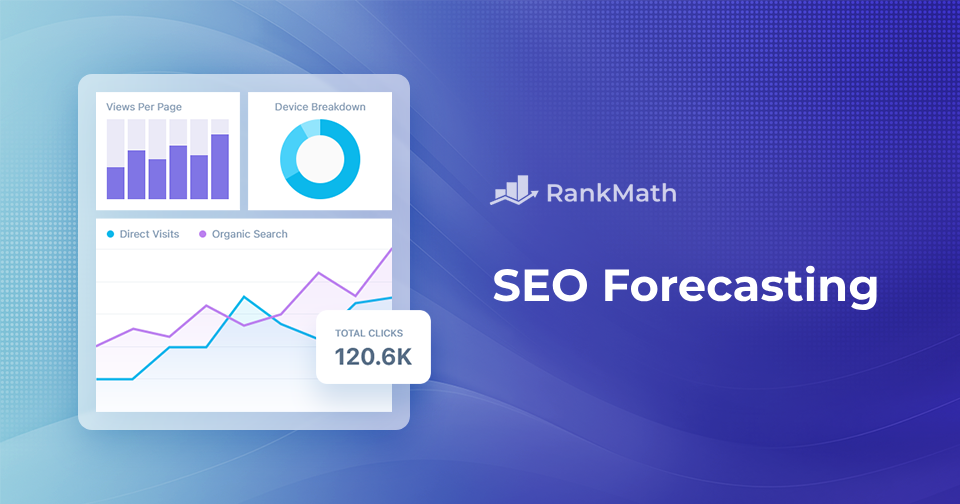Have you ever wanted to be a fortune-teller?
Well, that’s sort of what SEO forecasting is all about!
But instead of predicting who will win the next big game or what your horoscope says, SEO forecasting helps predict what your audience will search for online and how they can be ready to meet those needs.
In this post, we’ll discuss SEO forecasting and how to get the most out of your marketing strategies.
So, without any further ado, let’s get started.
Table Of Contents
1 What is SEO Forecasting?
SEO forecasting is the strategic analysis and prediction of future trends, changes, and developments in search engine optimization (SEO) practices.
It uses data analysis, trend analysis, and predictive modeling techniques to anticipate shifts in search engine algorithms, user behaviors, and competitor strategies.
Essentially, SEO forecasting aims to provide insights into upcoming changes so businesses can proactively adapt their SEO strategies.
2 Why is SEO Forecasting Important?
One key reason for the importance of SEO forecasting lies in strategic planning.
For example, if your business forecasts that a particular keyword or topic will gain popularity in the coming months, you can optimize its website content accordingly to capture relevant traffic and maintain its competitive edge.
Moreover, SEO forecasting enables you to adapt to algorithm updates effectively. Search engine algorithms are constantly evolving, affecting website rankings and visibility.
By forecasting these changes, you can adjust your SEO tactics to ensure the websites remain optimized and visible in search results.
For instance, if a major search engine announces an upcoming algorithm update that prioritizes mobile-friendliness, you can prioritize optimizing the websites for mobile devices to maintain or improve the search rankings.
Resource allocation is another aspect where SEO forecasting proves invaluable. By predicting which SEO strategies are likely to yield the highest returns, you can allocate their resources – such as time, budget, and manpower – more efficiently.
Furthermore, SEO forecasting gives a competitive advantage in the marketplace. By staying informed about future trends and developments in SEO, you can outbeat the competitors and maintain a strong online presence.
3 Metrics to Track in SEO Forecasting
We’ve listed some key metrics to track in SEO forecasting.
- Organic Traffic: Measures the number of visitors coming to the website through unpaid search engine results, reflecting SEO visibility and user engagement.
- Keyword Rankings: Indicates where website pages rank in search engine results for specific keywords, allowing visibility and competitiveness to be assessed.
- Click-Through Rate (CTR): Reflects the percentage of the audience clicking on website links in search results, indicating the effectiveness of title tags, meta descriptions, and search snippets.
- Conversion Rate: The percentage of visitors taking desired actions, such as purchases or sign-ups.
- Bounce Rate: Indicates the percentage of visitors leaving the website after viewing only one page, reflecting content relevance and user experience.
Refer to our dedicated tutorial on free SEO tools to help you track the most important metrics for your website.
4 SEO Forecasting Tools
Let us now discuss the various SEO forecasting tools.
4.1 Google Trends
Google Trends allows to explore search trends over time, compare keyword popularity, and identify rising or declining search topics.
It provides valuable insights into consumer interests and behaviors and helps anticipate trends and capitalize on emerging opportunities.
By analyzing the popularity of specific keywords or topics over time, you can identify trends relevant to your industry or niche.
For example, a running shoe business can use Google Trends to discover that searches for “men’s shoes” have steadily increased over the past few months.

Google Trends allows you to compare the popularity of multiple search queries or topics simultaneously. You can compare trends for different keywords, brands, or topics, helping to assess relative search interest and identify competitive opportunities.
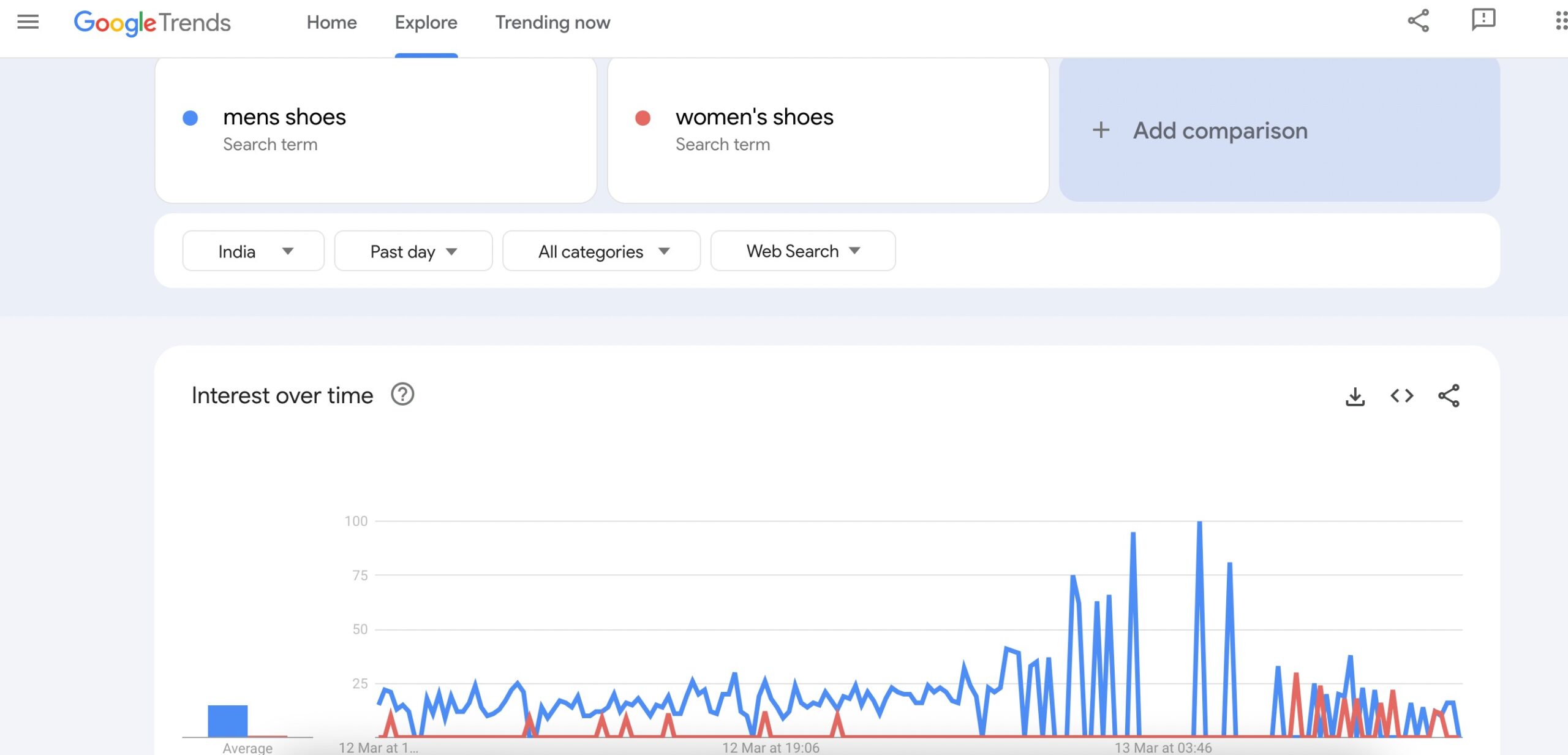
4.2 Google Search Console
Google Search Console offers insights into how Google perceives a website, including indexing status and search performance.
It provides data on search queries, impressions, and click-through rates, helping to optimize the website’s visibility in Google search results.
You can find these metrics in the Performance section of the Google Search Console, as shown below.
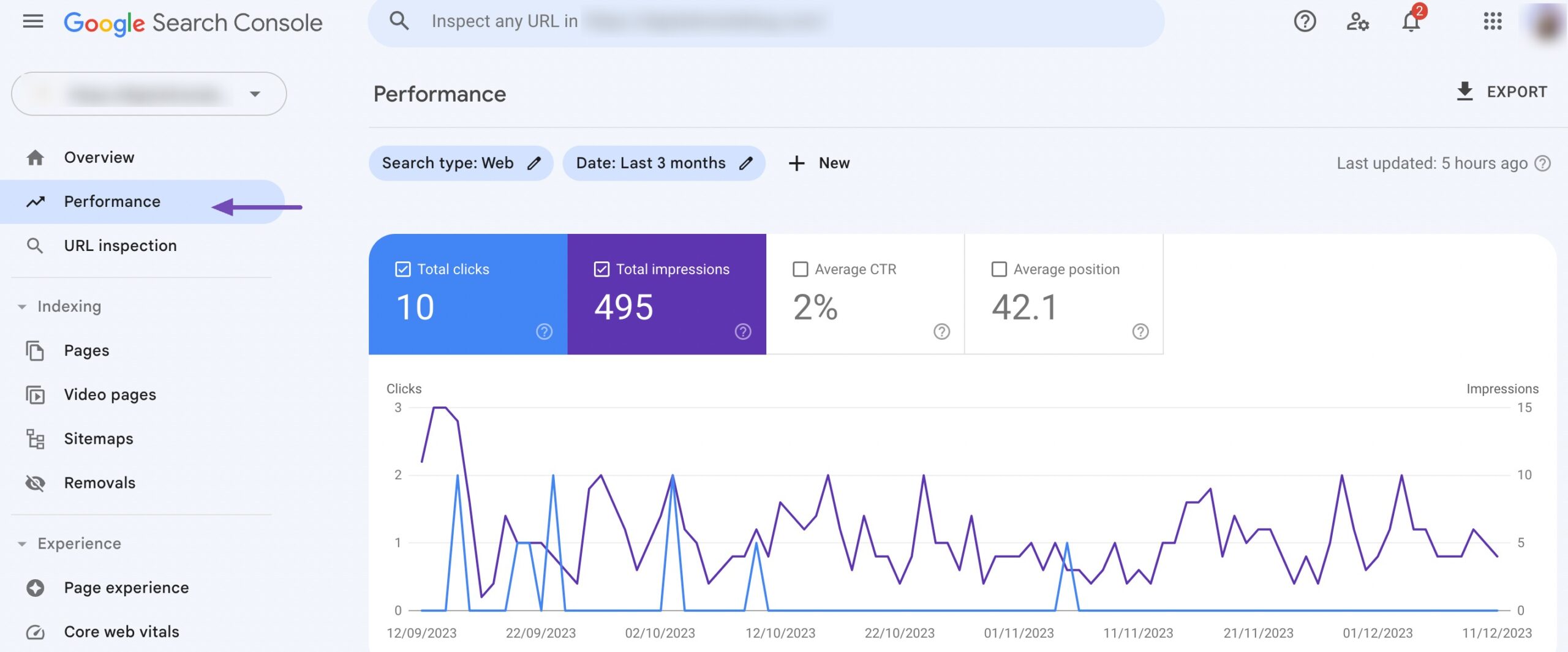
Scroll down to the QUERIES data to view data for each keyword.
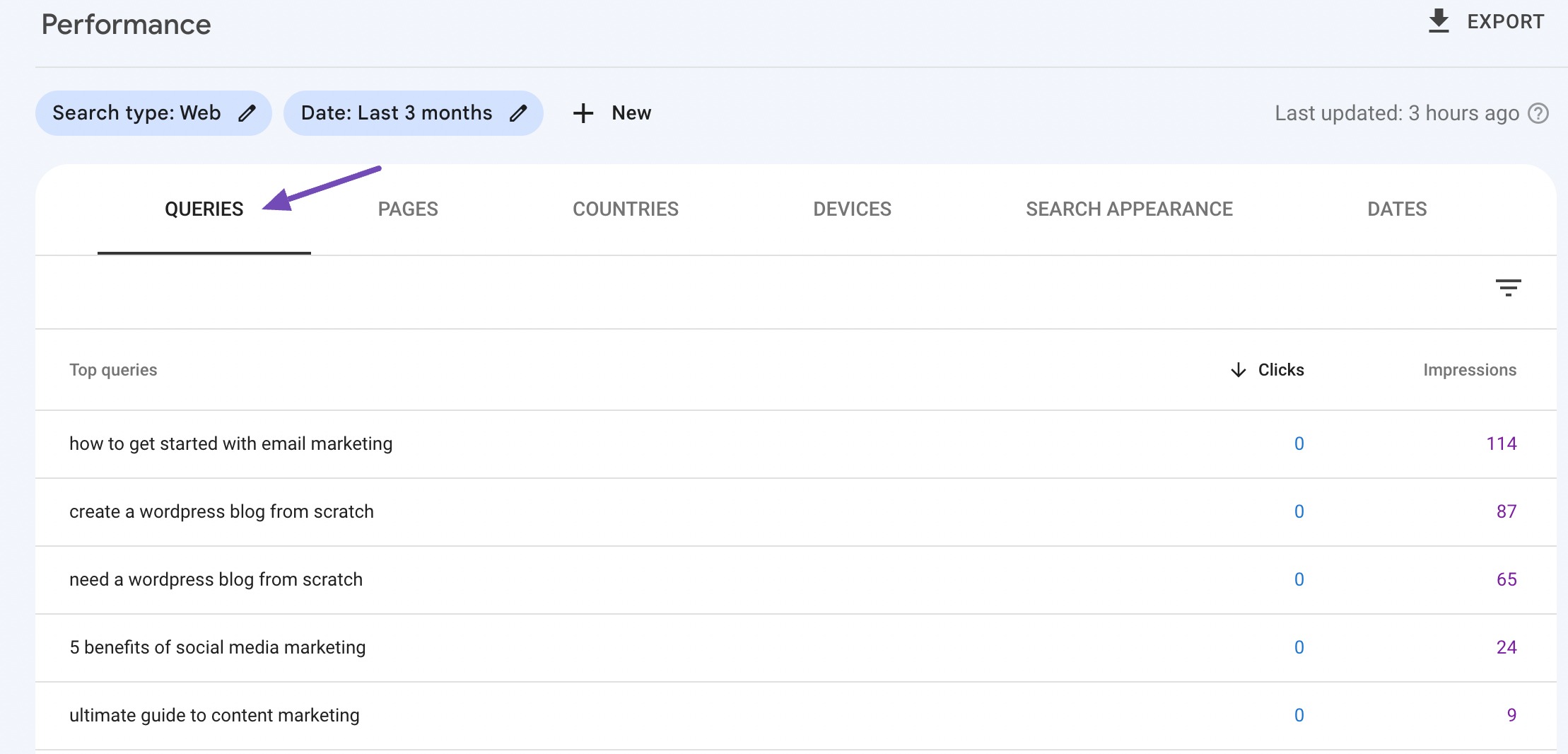
4.3 Google Analytics
Google Analytics is a robust web analytics platform that provides valuable data on website traffic, user behavior, and conversion metrics.
It allows for tracking key performance indicators (KPIs) and monitoring traffic trends, as shown below.
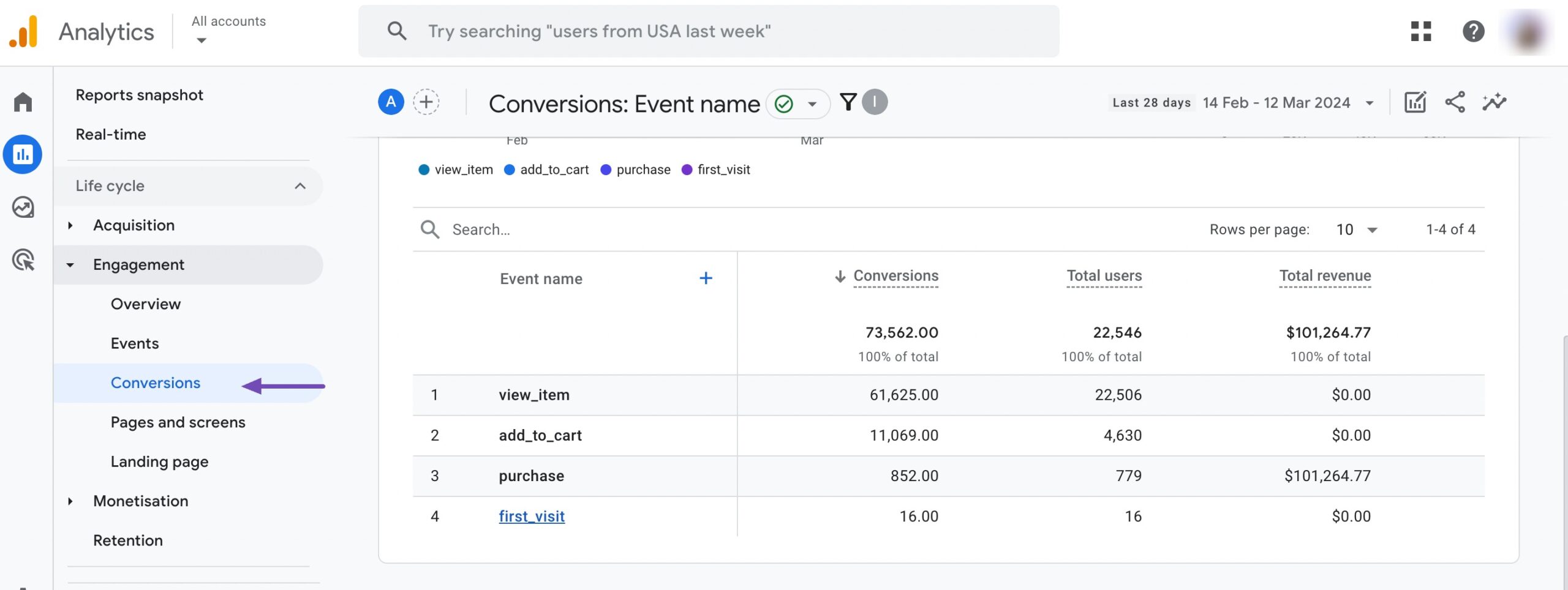
5 Different Methods of SEO Forecasting
Let us now discuss the ways you can perform SEO forecasting.
5.1 Data Analysis and Trend Identification
One method of SEO forecasting involves analyzing historical data and identifying trends in search behavior, keyword popularity, and website performance.
By examining patterns and trends over time, you can anticipate future shifts in user behavior and search engine algorithms.
For instance, analyzing historical search data may reveal seasonal trends or emerging topics of interest within a particular industry or niche, allowing you to adjust your SEO strategies accordingly.
You can check in Google Analytics that organic traffic increased over the past year. If you keep a similar strategy, you can grow more in the next 12 months.
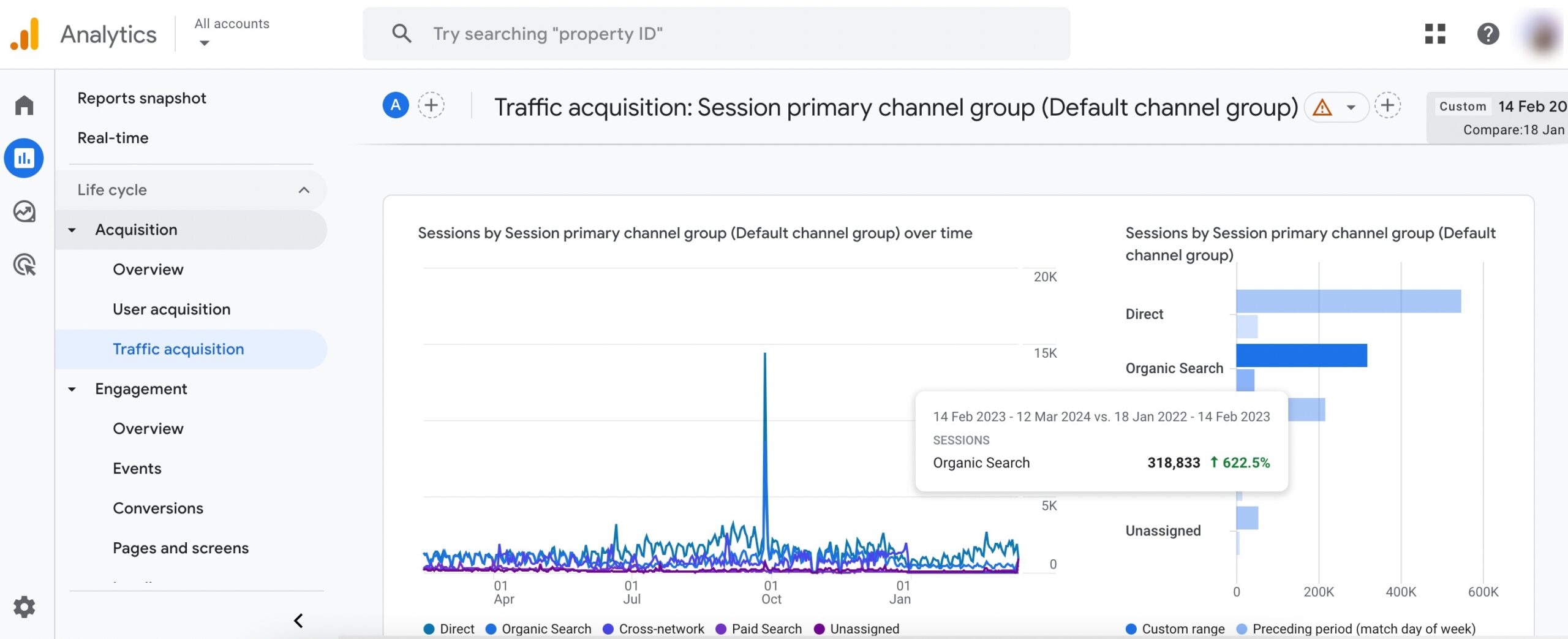
5.2 Competitor Analysis
Another method of SEO forecasting involves analyzing competitor strategies and benchmarking performance against industry competitors.
By monitoring competitor activity, you can identify emerging trends, anticipate competitor moves, and adapt the SEO strategies accordingly.
For instance, conducting a competitive analysis may reveal gaps or opportunities in competitor SEO strategies, allowing marketers to capitalize on areas of weakness or differentiation.
You can use the Ubersuggest tool for competitive analysis. Enter the domain of a competing website you want to track, and click SEARCH.
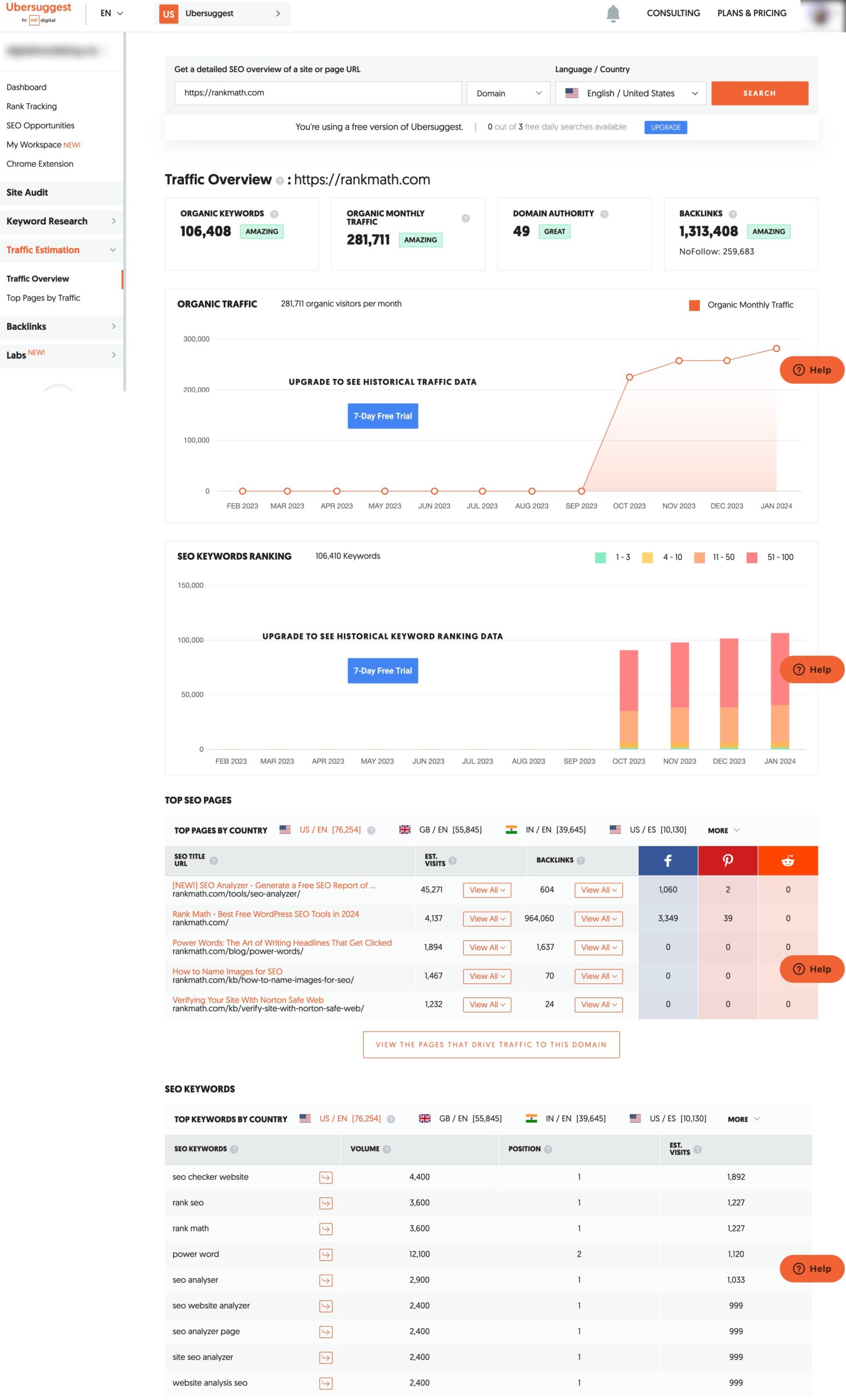
The tool will provide detailed information like traffic overview, top-ranking pages, SEO keywords, etc., for the particular domain.
5.3 Create a Spreadsheet
Creating a spreadsheet using Excel and Google Sheets for SEO forecasting involves organizing data and analyzing trends to predict future performance.
Define key SEO metrics like organic traffic, keyword rankings, backlinks, and conversion rates. Create columns for each metric with headers like “Date”, “Organic Traffic”, “Keyword Rankings”, etc.
Enter past data for each metric accurately and consistently. Use formulas to calculate trends and growth rates based on historical data. Develop forecasting models, considering factors like seasonality and market trends.
Enter forecasted values for each metric, either manually or using formulas. Regularly update the spreadsheet with new data and refine forecasting models based on actual performance.
6 Conclusion
Predicting the future of a site’s SEO isn’t an easy job. But it’s often worth the effort.
Instead of investing resources into campaigns that may or may not work, you can use SEO forecasting as a way to reduce those risks.
So, paying attention to SEO forecasting can make a big difference in your success.
If you like this post, let us know by Tweeting @rankmathseo.
